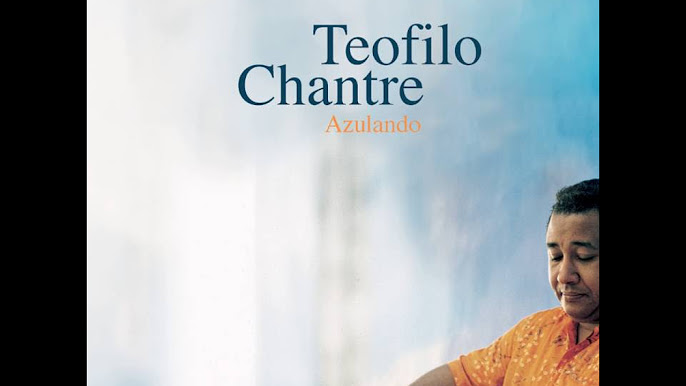Brazil, a rustic recognised for its vibrant lifestyle, pulsating rhythms, and various musical landscape, is domestic to a genre of tune that captures the essence of its soul. This genre, called “azulando,” embodies a unique fusion of blues, Brazilian rhythms, and heartfelt lyrics that talk to the fun and struggles of life in this dynamic state. In this article, we delve into the roots of azulando, its evolution, fantastic artists, and its enduring effect on Brazilian music and past.
The Roots of Azulando
Azulando traces its origins to the mid-20th century when Brazilian musicians started out to infuse traditional blues factors with nearby styles including samba, bossa nova, and MPB (Música Popular Brasileira). The term “azulando” itself is derived from the Portuguese phrase “azul,” meaning blue, symbolizing the melancholic and introspective nature of the blues style.
Evolution and Influences
The evolution of azulando may be attributed to the wealthy musical history of Brazil, wherein African rhythms, European melodies, and indigenous affects converge. Artists like Caetano Veloso, Gilberto Gil, and Gal Costa performed pivotal roles in incorporating blues factors into their song throughout the Nineteen Sixties and 70s, adapting the genre to mirror Brazilian realities at the same time as preserving its emotional middle.
Characteristics of Azulando
At its heart, azulando blends the emotive storytelling of blues with the rhythmic complexity and lyrical depth of Brazilian track. Guitars, often acoustic, take middle level accompanied through percussion gadgets like the pandeiro and tamborim, growing a sound this is both soulful and exceptionally Brazilian. Themes explored in azulando variety from love and longing to social justice and cultural identity, resonating deeply with listeners throughout generations.
Notable Artists and Their Contributions
Caetano Veloso
A pioneer of tropicalismo—a movement that challenged Brazil’s musical conventions—Caetano Veloso’s exploration of blues affects in songs like “London, London” and “Terra” paved the manner for azulando. His introspective lyrics and soulful shipping keep to inspire musicians global.
Gal Costa
Known for her effective voice and experimental technique to music, Gal Costa’s album “Índia” featured blues-inspired tracks that pushed the bounds of Brazilian popular tune. Songs like “Volta” and “Hotel das Estrelas” exhibit her capability to combination genres seamlessly.
Gilberto Gil
As a founding member of the Tropicália motion, Gilberto Gil incorporated blues factors into his song, creating a unique fusion that resonated with the social and political modifications of the time. His album “Expresso 2222” exemplifies this fusion, blending blues with Brazilian rhythms.
Azulando in Contemporary Music
In latest years, azulando has experienced a resurgence amongst younger generations of Brazilian musicians who are reinterpreting the style for modern audiences. Artists like Céu, Seu Jorge, and Criolo comprise blues impacts into their track, infusing it with new electricity while staying genuine to its roots.
Impact and Legacy
The legacy of azulando extends beyond Brazil, influencing musicians and genres international. Its capability to combination cultural traditions with widely wide-spread themes of human experience has made it a celebrated style in global music circles. From the golf equipment of Rio de Janeiro to global stages, azulando keeps to captivate audiences with its emotive power and soulful melodies.
Conclusion
Azulando stands as a testomony to the cultural richness and musical innovation of Brazil. Through its fusion of blues sensibilities with Brazilian rhythms, it has carved out a completely unique area within the tapestry of world music. As new generations of artists keep to discover its possibilities, azulando stays a colourful and evolving genre that honors culture whilst embracing the future. Whether you’re a longtime aficionado or new to its enchanting sounds, azulando invitations you on a musical adventure through the heart and soul of Brazil.


